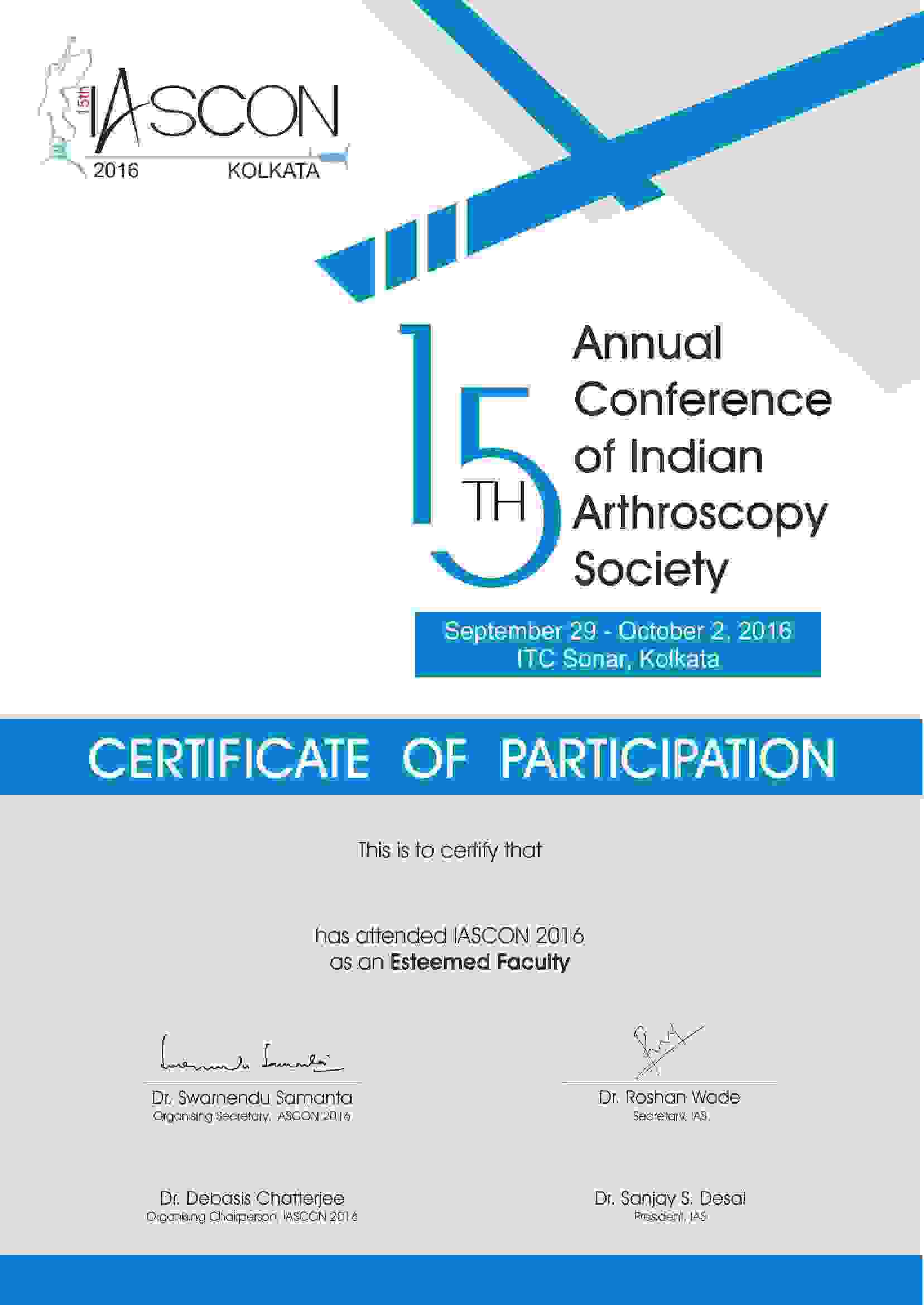What is Osteoarthritis?
Arthritis is a general term that refers to the inflammation of the joints. Osteoarthritis, generally known as wear and tear arthritis, is the most common type of arthritis. Osteoarthritis is mostly associated with breakdown of cartilage in joints and can affect almost any joint in the body. This type of arthritis commonly affects the weight bearing joints of the hips, knees, and spine. However, it may also affect the fingers, thumb, neck, and large toe.
Cartilage is a hard, rubbery material which covers the ends of bones in normal joints. The main function of cartilage is to reduce the friction in the joints. Thus cartilage serves as a ‘shock absorber’ for the joints. Osteoarthritis is a condition in which the cartilage in a joint becomes stiff and loses its elasticity, making it more vulnerable to damage. In course of time, the cartilage may wear away in certain areas, thus significantly decreasing its ability to act as a shock absorber. When the cartilage wears away or deteriorates, tendons and ligaments stretch or the bones could rub against each other, causing great pain.
A good majority of people over 60 years have osteoarthritis to some degree, however its severity varies. Even people in their 20s and 30s could be affected by osteoarthritis.
Signs & Symptoms:
- Aching of joints and soreness, especially with movement
- Pain after overuse or after prolonged periods of inactivity
- Feeling stiffness after long periods of rest
- Bony enlargements often found in the middle and end joints of the fingers
- Swelling in joints
Causes
- Heredity
- Obesity
- Injury
- Overuse of joints
- Other diseases such as Rheumatoid Arthritis and certain rare conditions such as iron overload or excess growth hormone
Diagnosis
The diagnosis of Osteoarthritis is based on the following factors:
- The description of symptoms given by the affected person
- The location and pattern of pain
- Physical examination
Your doctor may use X-rays or perform an MRI scan to get a better look at the affected joint and surrounding tissues and to confirm the diagnosis. Sometimes, blood tests will be conducted to determine if you have a different kind of arthritis.
In case, fluid has accumulated in the joints, the doctor may extract some of the fluid (by a process called joint aspiration) for examination to rule out the possibility of other diseases.
Treatment
The various treatments for Osteoarthritis includes exercise, weight loss if required, medications, physical therapy, muscle strengthening exercises, hot and cold compresses on the painful joint, removal of joint fluid and use of supportive devices such as crutches. Surgery may be recommended if other treatment options have been found ineffective.
The type of treatment prescribed by the doctor may depend on several factors such as your age, occupation, overall health, medical history, the area affected by Osteoarthritis, and severity of the condition.











